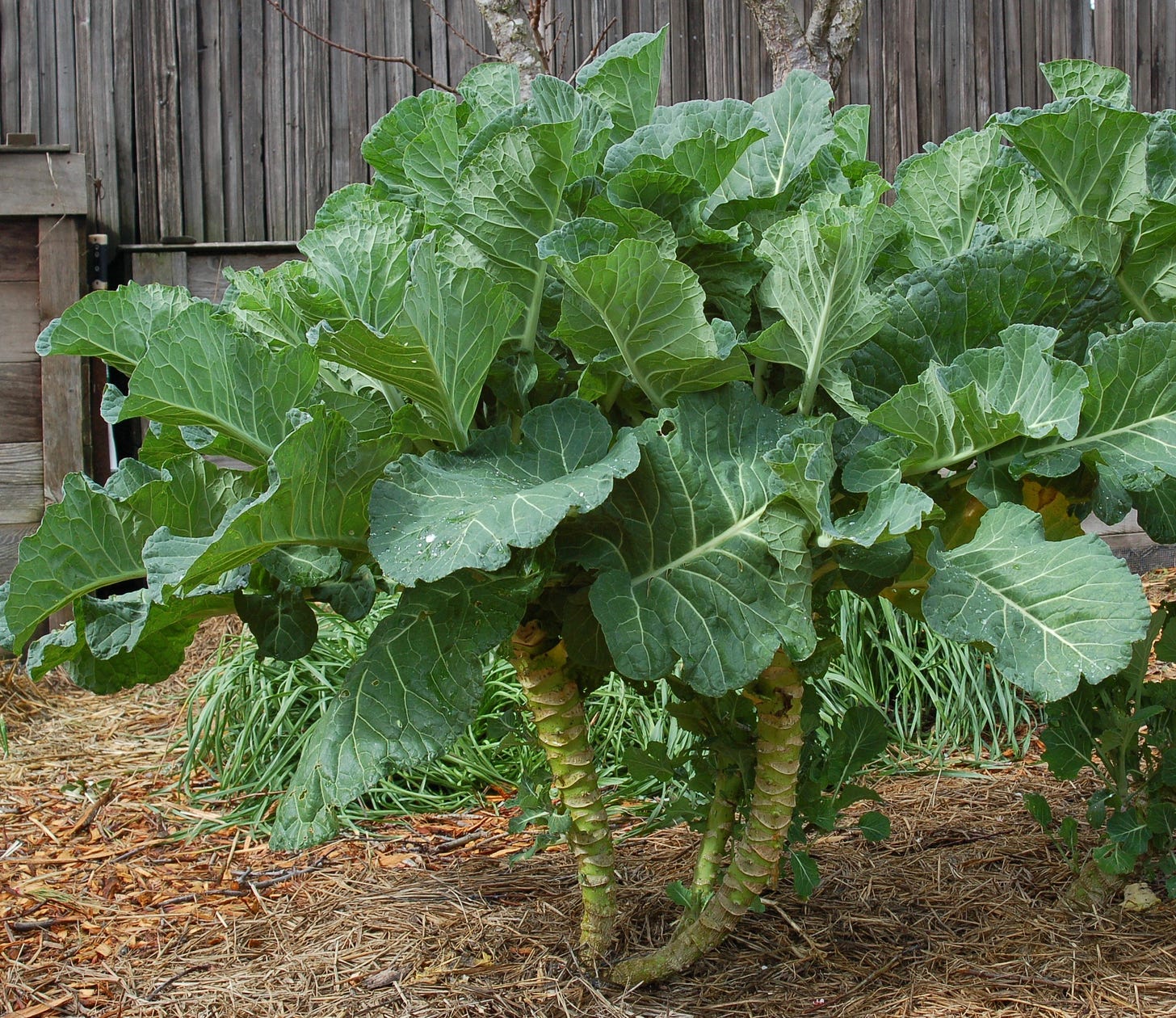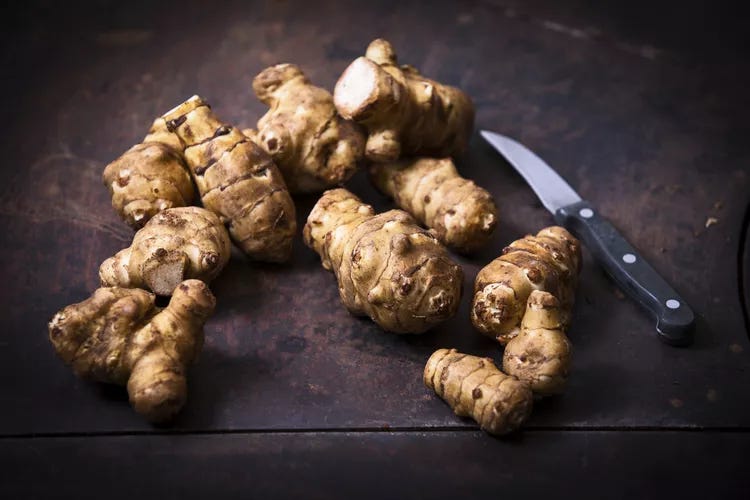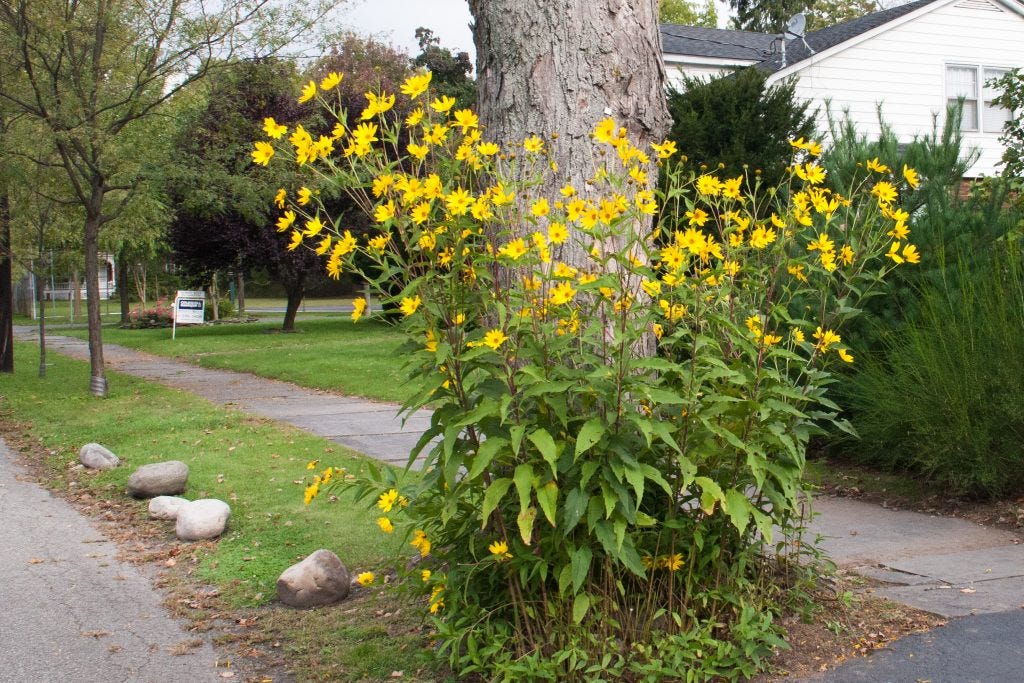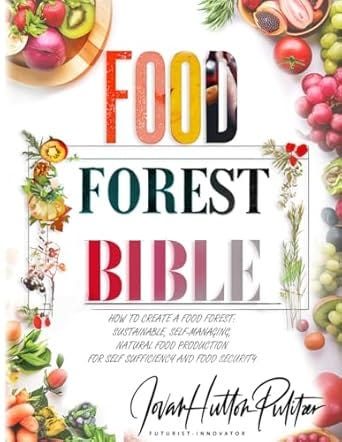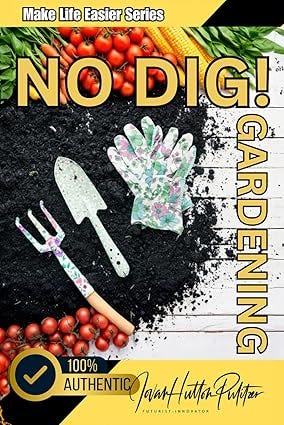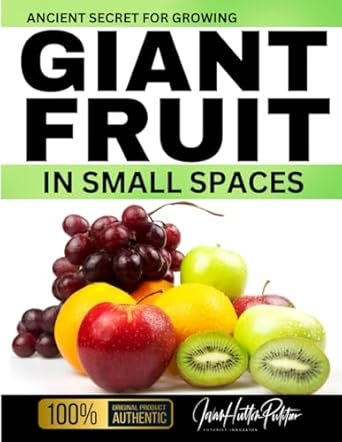Plant It Once and Never Worry About Survival Food Year After Year
Is there really such a thing?
Times are sketchy, but your back up plan for survival does not have to be - EVEN IF YOU LIVE IN A CITY!
Perennial, low-maintenance, high-yield crops are the survivalist's best friend, especially in a backyard urban setting, but are there really food crops you can plant one time, and they keep producing year after year?
Yes, absolutely. There are many perennial food crops you can plant once and enjoy for “years sometimes decades” with little maintenance. These are the true backbone crops for survival gardening and are especially ideal for people living in cities who want a low-effort, high-reward food source.
But first, what is a perennial?
What Is a Perennial Food Crop?
A perennial food crop is a plant that:
Lives for more than 2 years
Produces edible parts every season (leaves, roots, fruit, etc.)
Often becomes more productive over time
Requires less watering, fertilizing, and replanting than annual crops
What others neglect in our fast-paced society is what will save you and your family.
Why Don't More People Use Perennials?
Modern agriculture favors annuals (corn, soy, wheat) for machine-farming and fast turnover
Many perennials take a year or two to establish before peak production
Some are forgotten heritage crops no longer widely grown
Would you like to plant-once then harvest-forever, then consider these survival crops most people forget (or do not even know of)?
Here is what to consider for your urban backyard:
Your Urban Backyard Plan
You can build a survival garden that returns food for decades with a mix of:
Asparagus & rhubarb (spring)
Tree collards & sorrel (year-round greens)
Jerusalem artichokes & walking onions (roots + bulbs)
Berries & figs (sweet fruits)
Medicinals (nettle, yarrow, comfrey)
Two of these are the most consistent and prolific at feeing your family.
Tree collards
Tree collards are a perennial leafy green vegetable related to collard greens and kale, known for their tall growth, sweet and nutty flavor, and culinary versatility.
Lifespan: In mild climates, tree collards can live for 15 to 20 years, providing a continuous harvest of nutritious greens. Year-round harvest of greens!
Tree collards can be used in a variety of dishes, similar to how one would use kale or collard greens. They can be eaten raw in salads, sautéed, or added to soups and stews. Their tender stems are also edible and do not become stringy when cooked.
Jerusalem artichoke
Jerusalem artichokes are the edible tubers of Helianthus tuberosus, a plant related to sunflowers. Native to Peru, they grow wild throughout most of the United States and were once a staple food of Indigenous North American people.
Jerusalem artichokes are a good source of many vitamins, minerals, fiber, and protein. Otherwise known as sunchoke or sunroot, they are a member of the sunflower family and are not related to artichokes. Jerusalem artichoke benefits include a boost in iron, copper, magnesium, phosphorus, and potassium.
These artichokes look similar to knobby ginger roots, with a texture like water chestnuts when raw and white potatoes when cooked. Some call the flavor a combination of artichoke and potato, while others say it tastes like chestnut.
What is their Lifespan and Productivity
Lifespan: Technically immortal! Jerusalem artichokes can keep growing forever if you leave some tubers in the ground each year.
Productivity: Once established (after the first season), you can harvest 5–10 pounds or more per plant annually.
Spread rate: They’re very aggressive growers. If not contained, they will take over a garden bed or yard over a few years.
Harvest timing: Best harvested after the first frost—the cold sweetens the tubers.
Under those simple yellow flowers is your food security!





